For most Americans, the conflicts in the Middle East seem intractable. In fact, the conflict in Myanmar may be the most intractable one in the whole world. And the United States has a big stake in the outcome.
Myanmar holds the record for the world’s longest ongoing civil war. It is now in its 68th year. More than a dozen ethnic groups have been fighting to preserve their autonomy against the domineering pressures of the ethnic Bamar majority.
The world’s preeminent icon of democracy, Aung San Suu Kyi, is leading a new and democratically elected government committed to negotiating a durable peace. Her success or failure will reverberate not only among Myanmar’s Asian neighbors but also in other countries in conflict.
When she comes to Washington, DC, next week everyone she meets will want to help her succeed. None of them, however, will really know how to help and the risk of doing things that are counterproductive is high.
The civil war began with independence from British colonial rule in 1948. A communist insurgency and ethnic rebellions contributed to the failure of the parliamentary government established at independence. To restore order and preserve the unity of the country, General Ne Win seized power in 1962, ushering in five decades of military rule.
The military bungled the job. One mistake was destroying the education system. Another was adopting an extreme form of socialism that impoverished the nation. The result was a popular uprising in 1988 that prompted the military to abandon the socialist path and return to a market-based economy. Aung San Suu Kyi emerged from the uprising as the leader of the opposition to military rule, and the generals made her into an icon of democracy by keeping her under house arrest for more than 20 years and by ruthlessly suppressing her supporters.
Around 2004, the military took the first steps toward a slow transition to democratic rule. A new constitution was adopted in 2008; a national election was held in 2010. The quasi-democratic government that emerged in 2011 was led by a former general and dominated by the military, but the next election in 2015 was remarkably free and fair. Daw Suu Kyi’s party won almost 80 percent of the elected seats.
Through the 1970s and 1980s, the military aimed to crush the ethnic armed groups. Having failed to do so, the military switched in the 1990s to a strategy of negotiating separate ceasefire agreements with each group. These agreements were successful in narrowing the conflict to a handful of groups but not in resolving the basic conflicts. Building on these individual ceasefires, the quasi-democratic government led by President Thein Sein from 2011 to 2016 worked to conclude a national ceasefire agreement encompassing all the ethnic armed groups, but it was unable to get more than half of them to sign on.
Achieving peace is clearly the top priority of Aung San Suu Kyi’s government. To this end it convened a Union Peace Conference on August 31, the first in a series to be held every six months. It was structured to enable 72 of the 1600 registered participants to address the conference for ten minutes each. No attempt was made to reach any decisions, a reflection of how difficult it will be to arrive at a consensus on any of the numerous fundamental problems.
As in most conflicts, one problem is the lack of trust between combatants. The ethnic minorities see little evidence that the military is prepared to treat them as equals. The military sees little evidence that the ethnic minorities want to be part of the Myanmar nation. Another problem is irreconcilable objectives among the different ethnic minorities and between the civilian and military leaders of these minorities. Control of the country’s bountiful natural resources, located primarily in the border areas inhabited by the ethnic minorities, is at the heart of the conflict and it is hard to see any resource-sharing formula acceptable today to both sides. One especially knotty problem is sequencing. The military wants to start with disarmament, demobilization, and reintegration of the ethnic armed forces. The ethnic minorities want to start with amending the 2008 constitution to establish a federal structure that gives them an acceptable degree of autonomy. The full list of fundamental problems is much longer.
The United Nations, the United States, and every peace-loving country in the world are trying to help bring peace to Myanmar. Tragically, much of this help may be counterproductive. Foreign organizations and experts provide conflicting advice and tend to be impatient. What Myanmar needs most at the moment is space to find its own path to peace. The five-year term of Aung San Suu Kyi’s government may not be enough time and rushing it may only delay reaching the goal.
If Aung San Suu Kyi beats the odds and succeeds in bringing peace to Myanmar, it will inspire efforts to resolve conflicts in other parts of the world. It will also be a huge win for democratic rule and this is why it matters for America.
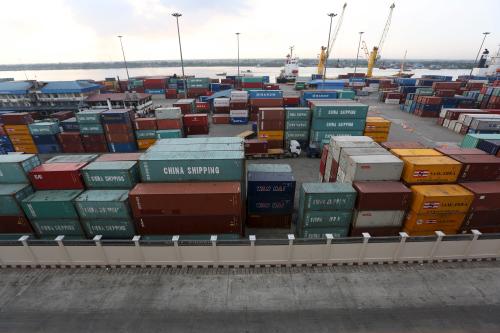
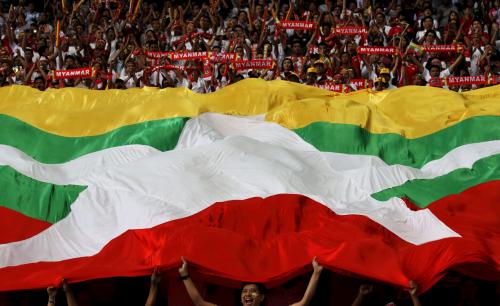
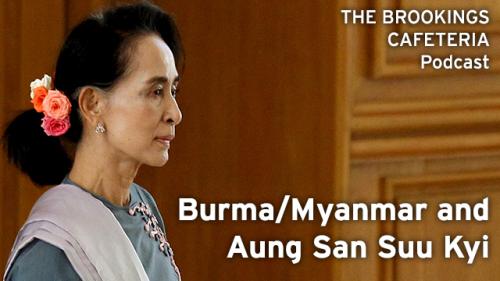
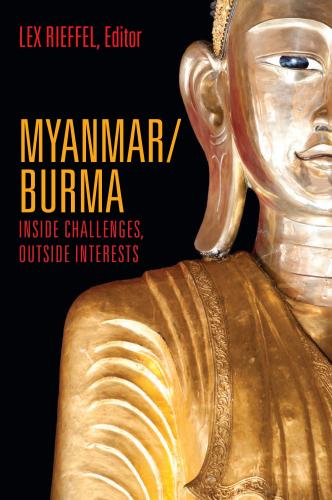
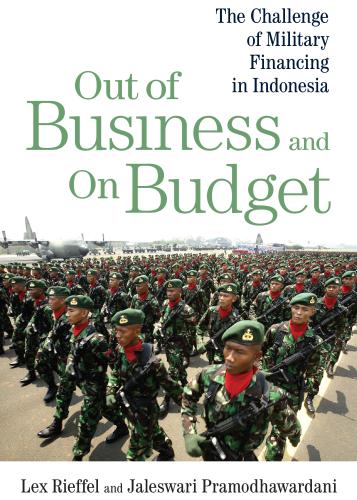
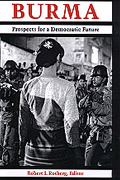




Commentary
War and peace in Myanmar
September 9, 2016